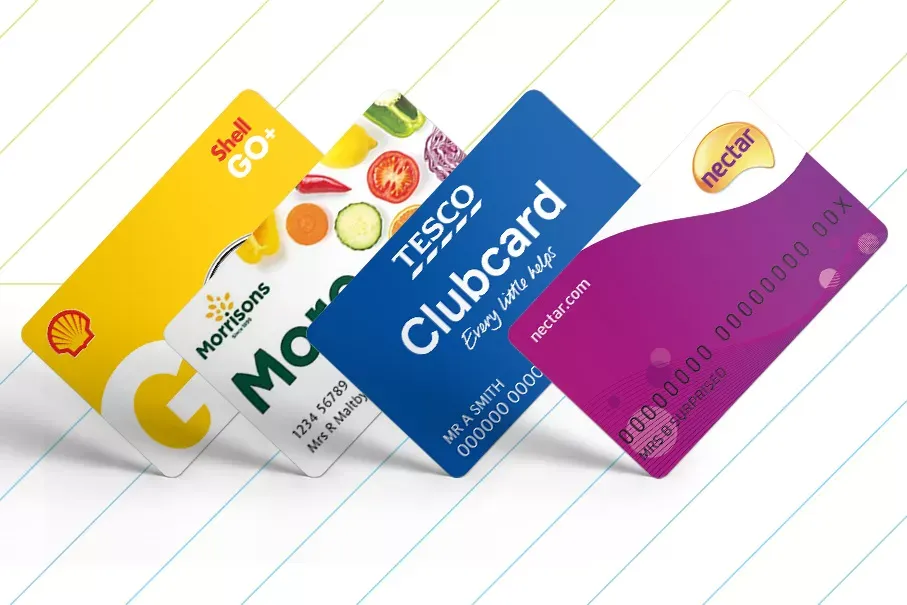
23/05/2016
Hot weather is bad for vehicles, and it’s bad for drivers too. Uncomfortable driving conditions can make us tired, irritable, and less able to concentrate on the road ahead. It’s important to minimise the mechanical and mental risks posed by hot weather, and get your fleet ready for the summer.
Cooling your engine
Overheating is a common problem in the summer months. When the heat outside has an effect on your engine’s operating temperature, any weaknesses in your cooling system are magnified.
The cooling system of your fleet vehicles is composed of a system of fluid-bearing pipes, which carry coolant around the engine. The coolant is run through the radiator, which is in turn cooled by the flow of air through the radiator grille (and exchanges heat back into the air, via heated coolant returning from the engine). In very hot weather, when the air coming into the engine is too hot to be an effective cooling medium, your coolant runs the risk of getting too hot.
Cooling systems should be regularly checked and maintained during the summer months. Begin by scheduling planned preventive maintenance prior to the start of the summer, and routinely check the health of the system both in planned additional maintenance slots and during driving. The engine temperature gauge is your first indicator of a problem in the cooling system: drivers should be trained to check this as a matter of course.
Never remove a radiator cap or otherwise attempt to enter the cooling system of a hot or overheated engine. The system is pressurised. Opening the cap can cause boiling liquid to shoot up into a driver’s face.
Oil levels
Oil is an auxiliary coolant for internal combustion engines, working alongside the liquid cooling system. Oil keeps moving engine parts cool, while the liquid coolant controls the temperature of the engine block and head.
If your oil levels get low, your engine may overheat very quickly in hot weather. As with the liquid cooling system, you should carry out planned preventive maintenance on the oil system both before and during the summer. Drivers should be trained to check oil levels before starting their trips (inaccurate readings are obtained if the engine has been running within the last 10 minutes), and should also be trained not to overfill the oil system.
Tyres
Tyres are made of rubber, which wears out much more quickly in hot conditions. Tyre pressure should be regularly checked on cold tyres (prior to driving any appreciable distance), and kept at the manufacturer’s recommended level. Check overall condition and maintain at least 2 mm of tread throughout the summer months.
Windscreen health tips
The windscreen takes a beating in hot weather, both from road dust (caused when there has been no wet weather to wash the roads for a while) and bugs. It’s important to keep washer reservoirs filled with an appropriate summer mix, and to clean windscreens regularly. Windscreen wiper blades can also deteriorate faster in the heat, as the rubber dries and cracks.
The windscreen itself is one of the main culprits in cabin overheating. Sun is magnified as it passes through the glass. Over time it heats up the dashboard material, turning the front of the cab into a radiator. You can combat this by adding a strip of reflective material to the outside of the windscreen, at the bottom: 5 cm is enough to deflect a lot of heat without blocking the vision of your driver.
Personal health tips
It’s vital to stay rested, hydrated and cool on hot drives. Ensure the air conditioning works well in your fleet vehicles, and train drivers to drink a suitable amount of water. There are no exact figures on a healthy amount of water to drink in the heat, but the basic rule - if you’re thirsty, you need a drink - applies.
Increased hydration means factoring in increased comfort stops. Make sure your drivers are given extra time on routes, and plan rest stops into the overall itinerary.
How are you planning to combat the heat this summer? Let us know on Twitter and LinkedIn.


